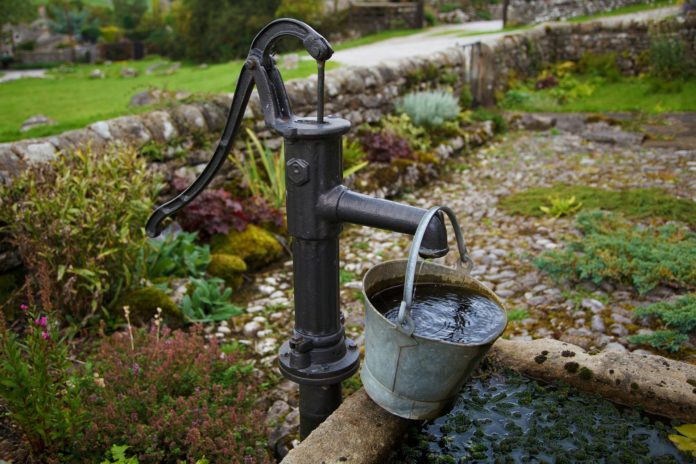ST. PAUL, Minn. – The Minnesota Pollution Control Agency (MPCA) is accusing manufacturer 3M of violating a long standing legal agreement by refusing to pay cleanup costs for water in the city of Cottage Grove.
As Alpha News previously reported, the Minnesota Department of Health (MDH) made their guidelines for acceptable levels of two chemicals in the category of perfluorochemicals (PFCs) much stricter than federal guidelines. MDH even admitted that those standards were likely to be overly protective for most people, aside from perhaps small children.
The lower levels of acceptable PFCs made Cottage Grove’s water suddenly unsafe in the state’s eyes, and 3M is being held responsible by the state, even though the company has not made PFCs since the early 2000s.
3M has thus far refused to pay the state the costs of new water purification systems in Cottage Grove, which could run to a total bill of over $12 million. This is a break from normal policy, as 3M has spent over $100 million in cleanup costs on projects prior to Cottage Grove.
Now the MPCA alleges that 3M’s refusal is a violation of a 2007 agreement between the state and the company, whereby the company must provide clean drinking water to Cottage Grove, Oakdale, Woodbury and St. Paul Park if water exceeds any safe level established by the state Department of Health, reports U.S. News and World Report.
3M has agreed to meet with representatives of the state, but they refuse to pay up at least until they have more information regarding the source of the PFCs in the water. While 3M has used the Cottage Grove area previously to dispose of PFCs in legally marked dumping sites, the company does not believe that the current PFCs in the water originate from that source. In 2004, certain levels of PFCs were noticed, and the company paid for water filtration systems that are still in use today. Based on the flow of water in the area, 3M does not believe it is possible for their chemicals to be the source of the current contamination.











